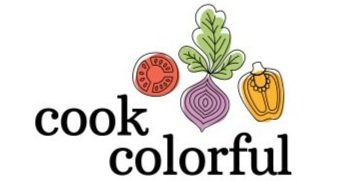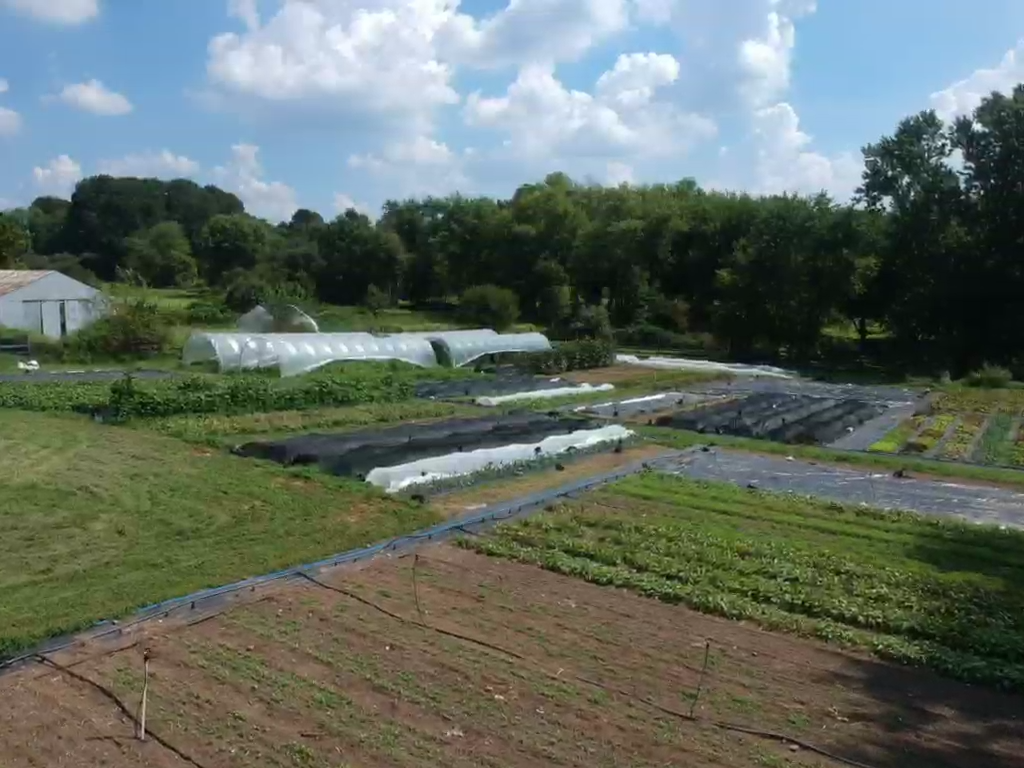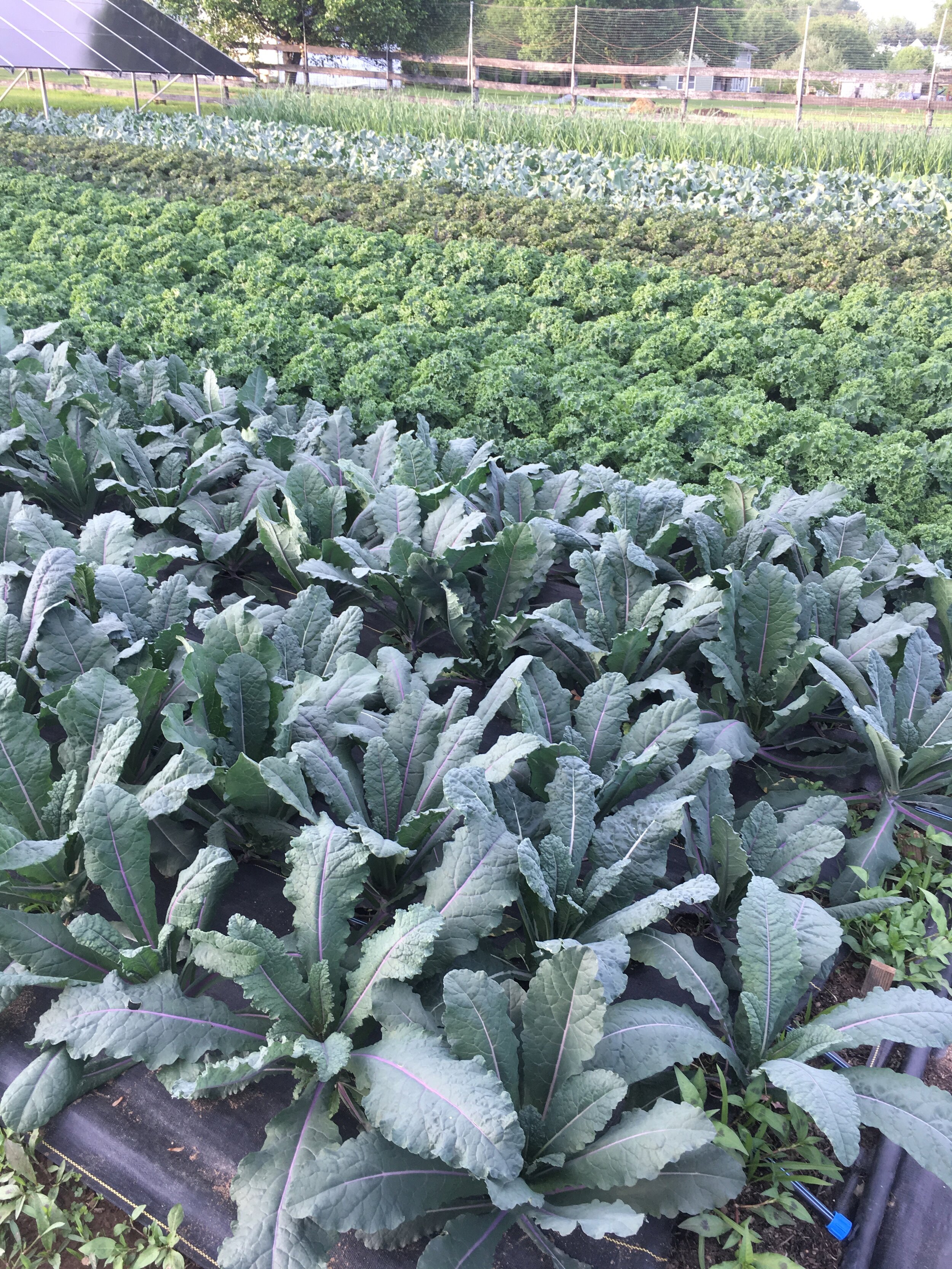Regenerative Farming Is The Answer!
Common Root Farm - Derwood, MD
What is the question you might ask? How can we improve the quality of our food while also helping the environment? Regenerative Farming is the answer! I have been learning about this over the last several months and it seems to me to hold the answer to many of our health and environmental problems. Over the past century, much of the US farmland (about 60%) has been used to raise a single crop, generally those crops which are subsidized by the government such as corn, soy and wheat. The problem with this is that by growing the same crop again and again, it depletes the soil of important nutrients that not only feed the plant, but also provide the nutrients that we rely on in our food. Where the US once had prairies and plains with vast amounts of incredibly fertile soil, we now have dirt. The difference between soil and dirt is that soil is alive and dirt is dead. Soil is loaded with microbes like fungi and bacteria that act to “recycle” plant and animal material as well as acting as a carbon sink to absorb excess carbon from our environment. The recycling of plant and animal material leaves behind nutrients that new plants can use to grow. There is an expression that you are what you eat ate. If the vegetables you eat are grown in nutrient deficient soil, they too will be lacking in nutrients. We hear a lot about carbon emissions. What we don’t hear is that the act of photosynthesis (turning sunlight into energy) by plants requires carbon dioxide. Healthy soil and healthy plants are one of the most significant ways we can impact excess carbon in our atmosphere.
The good news is that dirt can be turned back to soil by adding organic matter (compost) to revitalize it. The organic matter will provide food for the fungi and bacteria so that the soil can begin to regenerate. This is the idea of regenerative farming. I met with Erica from Common Root Farm, a regenerative farm in the Washington, DC area to learn more. She explained that in the simplest terms, “regenerative farming is growing food in a way that leaves the soil in better condition than when you start”. At their farm, they use additions to the soil such as compost and organic amendments to feed the soil. They use minimal till techniques such as using a broadfork to aerate the soil without disturbing the soil’s microbiome. They weed by hand to further minimize disturbing the soil. They are constantly rotating the crops they grow in any particular area in order to make sure they are feeding the soil with all the necessary nutrients. With each year they are working the soil, they are improving their techniques (they just purchased a flail mower which will compost the old plant material back into the beds), and improving the health of the soil. This in turn creates vegetables that are far more nutrient rich than those grown from commercial farms.
According to Farmer’s Footprint, “ Regenerative agriculture focuses on rebuilding organic matter and living biodiversity in soil, which produces increasingly nutrient-dense food year after year - while rapidly sequestering excess atmospheric carbon underground to reverse climate change.” That seems like a win-win.
Action Items for Chronically Great Health!
Strive for a diet that is at least 80% plant based
Eat organic whenever possible
Seek out and support a regenerative farm near you
Start an organic garden in your backyard, children are much more likely to eat vegetables when they are involved in growing them.


